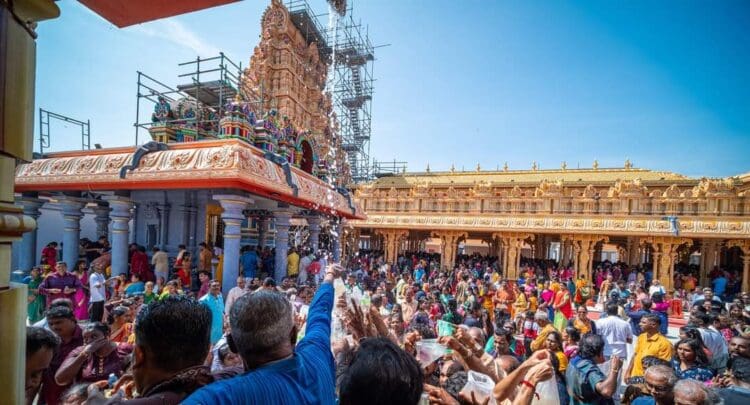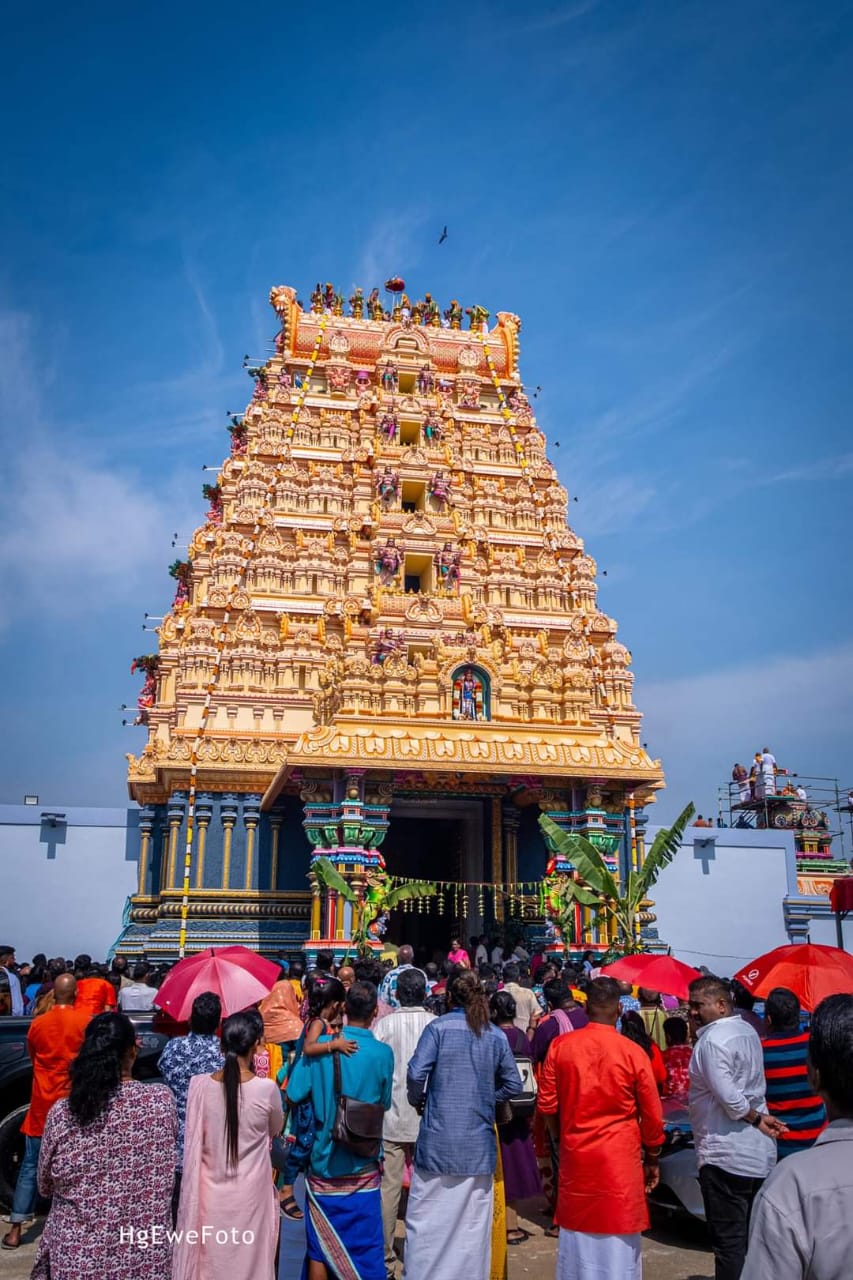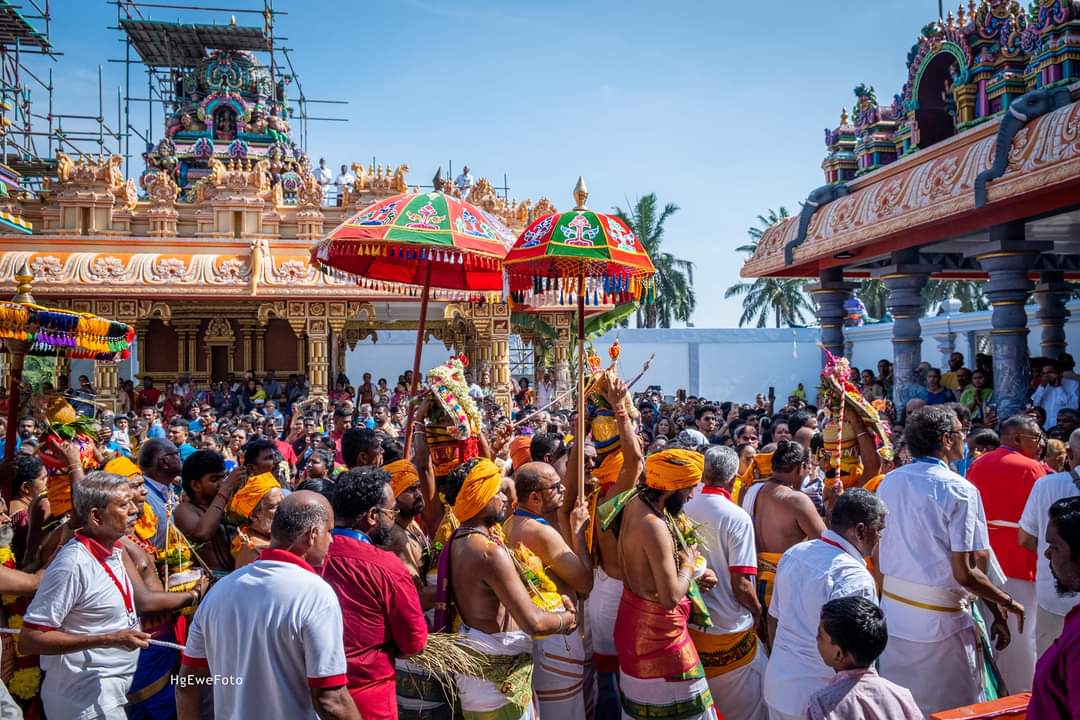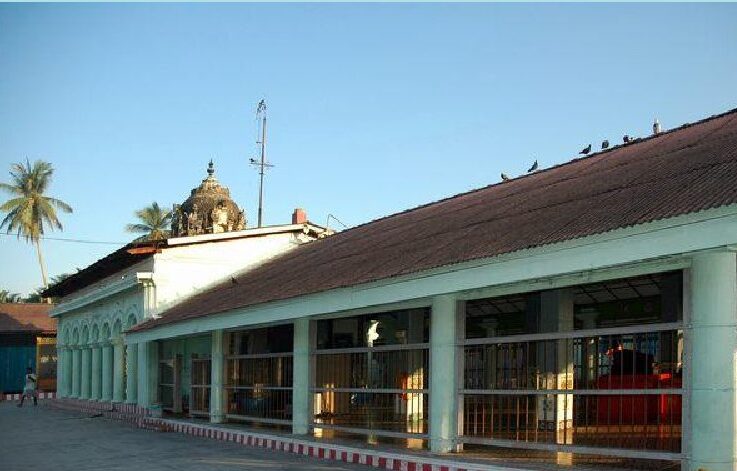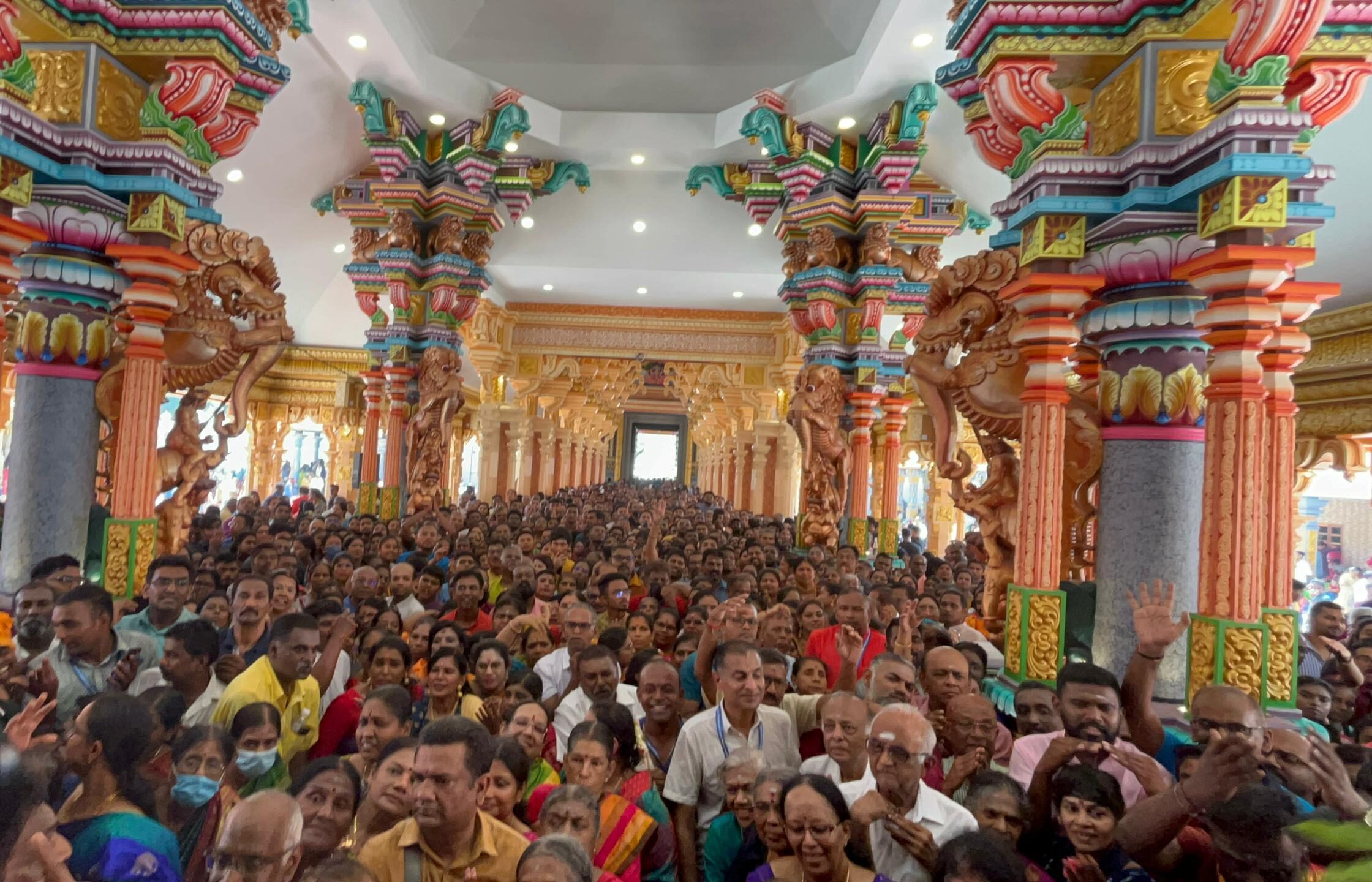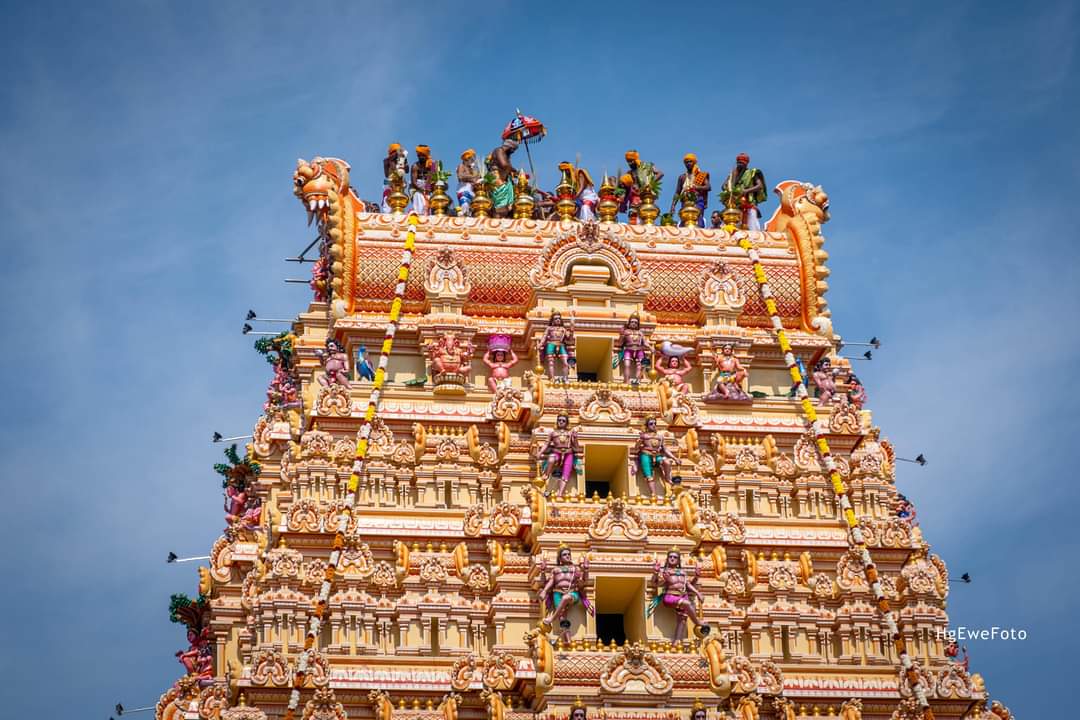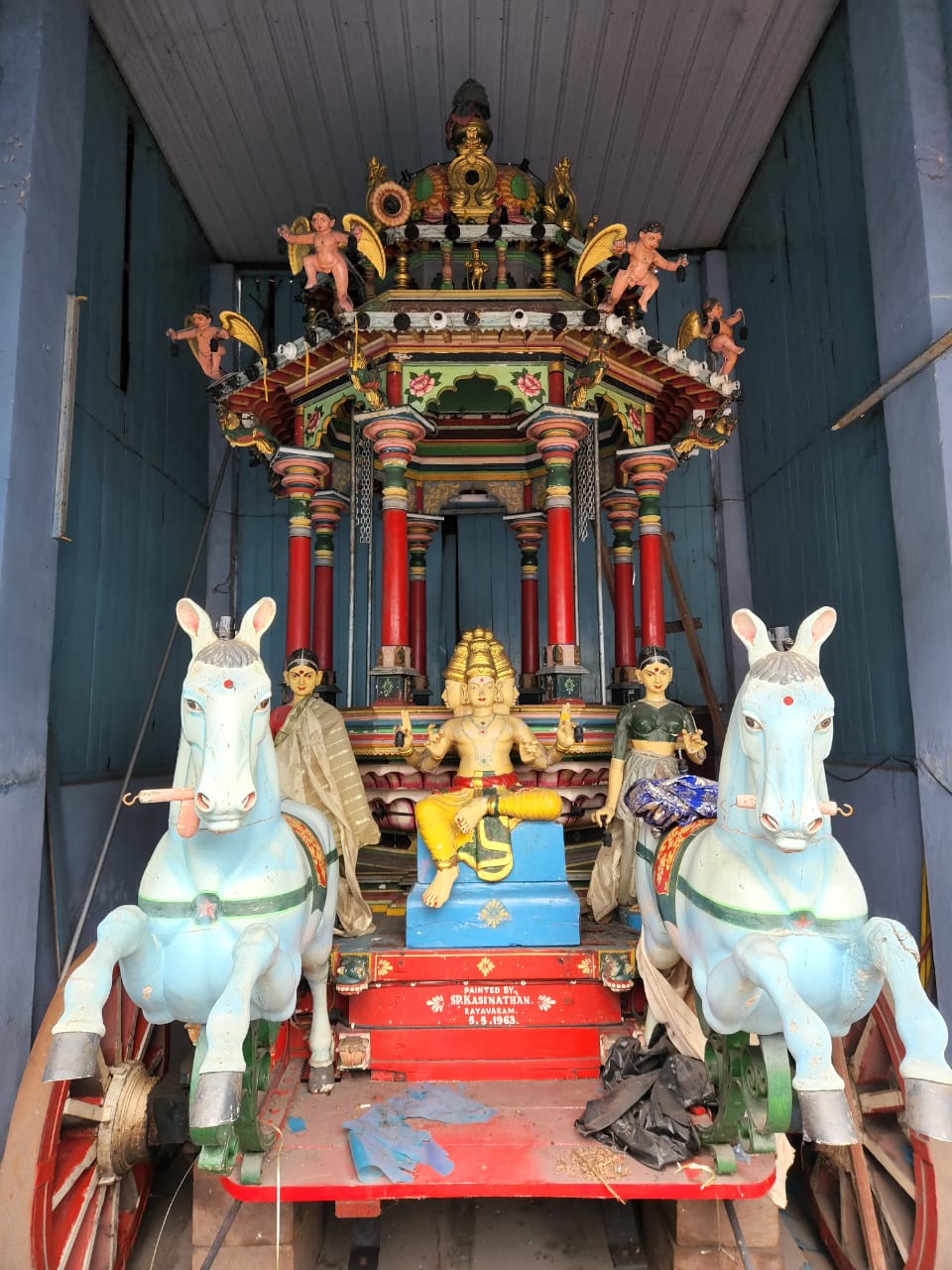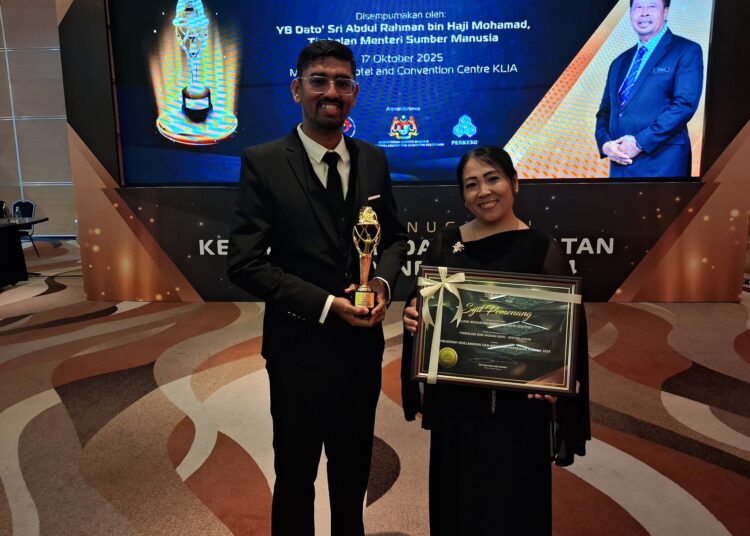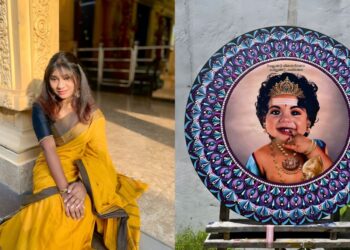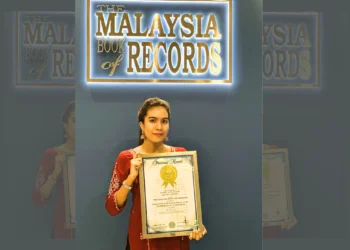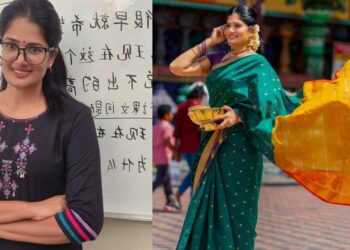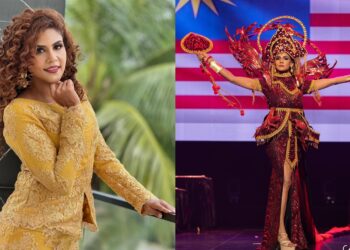The Sri Thandayuthapani temple in Jawi, Penang is renowned and celebrated its kumbabishegam ceremony on 27th March 2024. This temple boasts a rich history, and the story behind its establishment is intriguing. Back in 1864, OTM Meyappa Chettiar, a prominent member of the Chettiar community in Nibong Tebal, established a Kaliamman temple on his estate at Sungai Jawi. In 1880, the Parit Buntar Nagarathars, a group comprising nine Kittangis and over a hundred Chettiars primarily from Karaikudi, Shanmuganathapuram, Paganeri, and Kallal, proposed the construction of a temple in Parit Buntar.
In 1881, Meyappa Chettiar generously offered his Kaliamman temple to the Parit Buntar Nagarathars as a gift. Subsequently, in 1882, the Nagarathars from Parit Buntar, Nibong Tebal, Bagan Serai, Sungai Gedong, and Selama collectively decided to erect a new temple at the site of the Kaliamman temple. During that year, an elderly woman had a dream indicating the presence of Thandayuthapani in the vicinity of Sungai Jawi.
Following this, due to the Chettiars’ deep familiarity with Thandayuthapani, there ensued a search for Sri Thandayuthapani near the river. After several months of searching, they discovered the statue of Sri Thandayuthapani behind a washing stone utilized by a dhobi. In 1884, the Chettiars from the five towns made the decision to construct a temple, giving priority to Sri Thandayuthapani, and thus commenced its construction. This marks the establishment of the Sri Thandayuthapani temple.
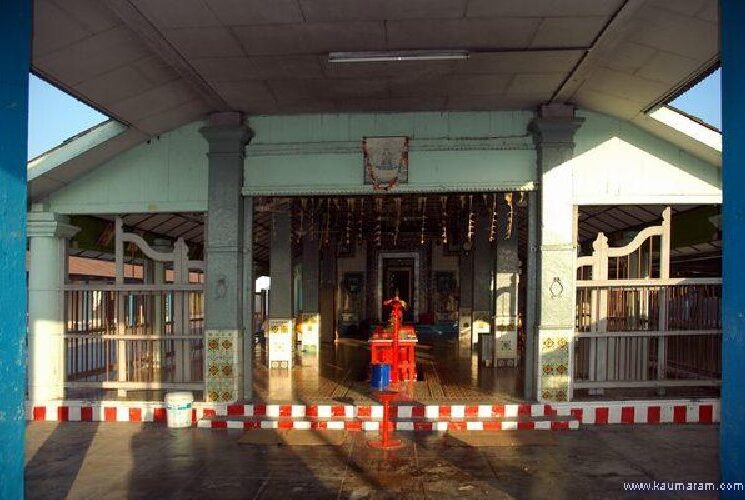
During the construction phase, the temple was built using tiles from Athangudi (Chettinad), teak wood imported from Burma, and local materials. Notably, Sunnambu (Slaked lime) was utilized instead of cement in the construction process. By 1886, the construction of the temple was completed, culminating in the holding of the kumbabishegam. Following this, dedicated sanctuaries, known as Sannidhanams, were erected for Sri Kaliamman, Sri Saniswarar, and Sri Idumban. The construction area spanned approximately 40,000 square feet.
In 2004, the Malaysian Public Works Ministry (JKR), led by Tun S. Samy Vellu, proposed a project to straighten the federal road in the vicinity of the temple, aiming to improve transportation infrastructure. Following discussions, the temple committee agreed in 2005 to allocate a portion of its land, approximately a quarter of an acre, to the government for the road expansion. This decision necessitated the partial demolition of the temple to accommodate the road realignment. In response, the balasthapanam was done and a temporary structure was erected next to the original temple site in 2006 to facilitate continued religious activities during the transition. Simultaneously, plans were underway to construct a new temple complex on a 4.5-acre plot situated behind the original temple site.
This comprehensive project, initiated in early 2007, included provisions for the main temple structure, a multipurpose hall, and ample parking facilities to cater to the needs of devotees and visitors. With the support and advocacy of the former Member of Parliament, Honourable Dato Dr. Mansor Othman, the temple’s construction plan received official approval in 2015, paving the way for its realization. Despite facing unforeseen challenges, construction commenced in 2016, although progress was hindered by various unavoidable circumstances, leading to delays.
Significant strides were made, and the temple’s development was nearing completion. The sprawling complex, covering an expansive area of 64,000 square feet, was envisioned to be a magnificent architectural marvel, characterized by towering gateway structures, intricately adorned Gopurams, majestic vimanams, and elaborate ornamentation, all reflecting the quintessential Dravidian Temple Architecture style. This year, the temple was completed and commemorated its kumbabishegam, marking a significant milestone in its history.
A staggering total of 12,000 devotees graced the kumbabishegam ceremony, eagerly seeking the blessings of Lord Murugan. Among them were individuals of Indian descent hailing from various corners of the globe, including Malaysia, Singapore, India, England, and America, showcasing the widespread reverence and appeal of the temple’s sacred event. Notably, Dato Kasi from Kuala Lumpur extended his benevolence by sponsoring the food for the devotees on this auspicious occasion, symbolizing the spirit of community and generosity. The temple management expressed profound gratitude for his magnanimous contribution, recognizing the invaluable support that enhances the spiritual experience and camaraderie of the devotees gathered to celebrate this momentous event.
Following the kumbabishegam ceremony, the temple is currently observing the Mandalabishegam, a series of 48 days of prayers that commenced on March 28th and will continue until May 14th. This significant spiritual undertaking has drawn a notable attendance, with a daily crowd ranging from a minimum of 600 devotees to sometimes even exceeding 1000. The mandalabishegam holds immense importance in the temple’s religious calendar, providing devotees with an extended period of devotion and reflection following the consecration ceremony.
The temple holds a grand celebration for Chitra Pournami, its annual festival, marked by special prayers and vibrant festivities. Among the highlights of the celebration is the chariot procession, a cherished tradition that adds fervor and spectacle to the occasion. This year’s Chitra Pournami holds particular significance as it will feature a chariot procession after a gap of 18 years, making it a rare and memorable event. Notably, the temple’s chariot holds a distinguished status as one of the oldest in Malaysia, adding to the historical and cultural significance of the celebration. Devotees and visitors alike eagerly anticipate this auspicious occasion, which serves as a testament to the enduring traditions and spiritual vitality of the temple community.
After overcoming numerous challenges and obstacles, the Jawi, Sri Thandayuthapani temple has emerged as a divine and majestic structure, culminating in the joyous celebration of its kumbabishegam with the blessings of Lord Thandayuthapani. This unique and exquisitely beautiful temple resonates with divine vibrations, providing solace and spiritual nourishment to devotees from far and wide. Its rich history, marked by dedication, generosity, and unwavering faith, stands as a testament to the enduring traditions and cultural heritage of the community. As the temple continues to thrive and serve as a beacon of spiritual enlightenment, its significance transcends boundaries, offering a sanctuary of peace and devotion for generations to come.
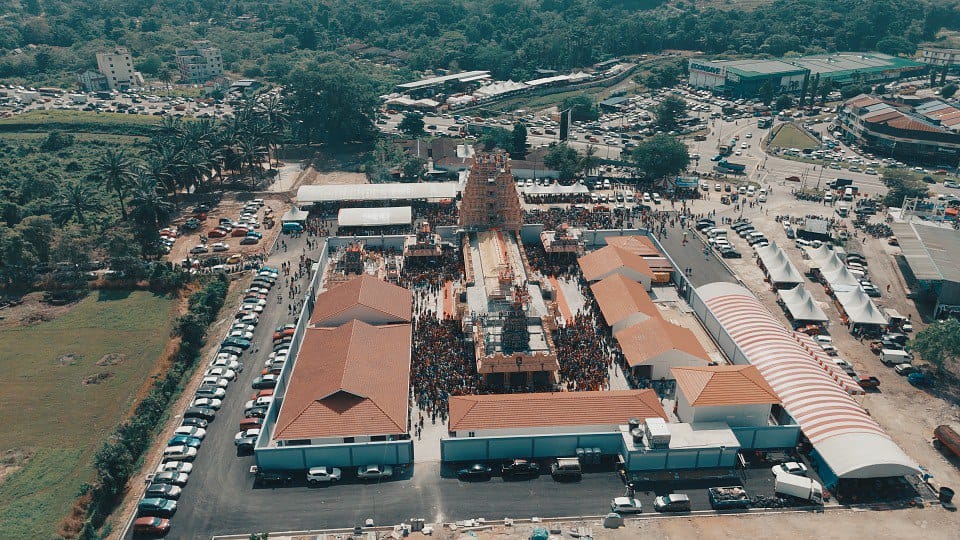 All the images and information provided by one of the Trustees of the Sri Thandayuthapani temple, Thondarmani S.O. Appan, a former tamil school headmaster.
All the images and information provided by one of the Trustees of the Sri Thandayuthapani temple, Thondarmani S.O. Appan, a former tamil school headmaster.
Follow us on Instagram, Facebook or Telegram for more updates and breaking news.


